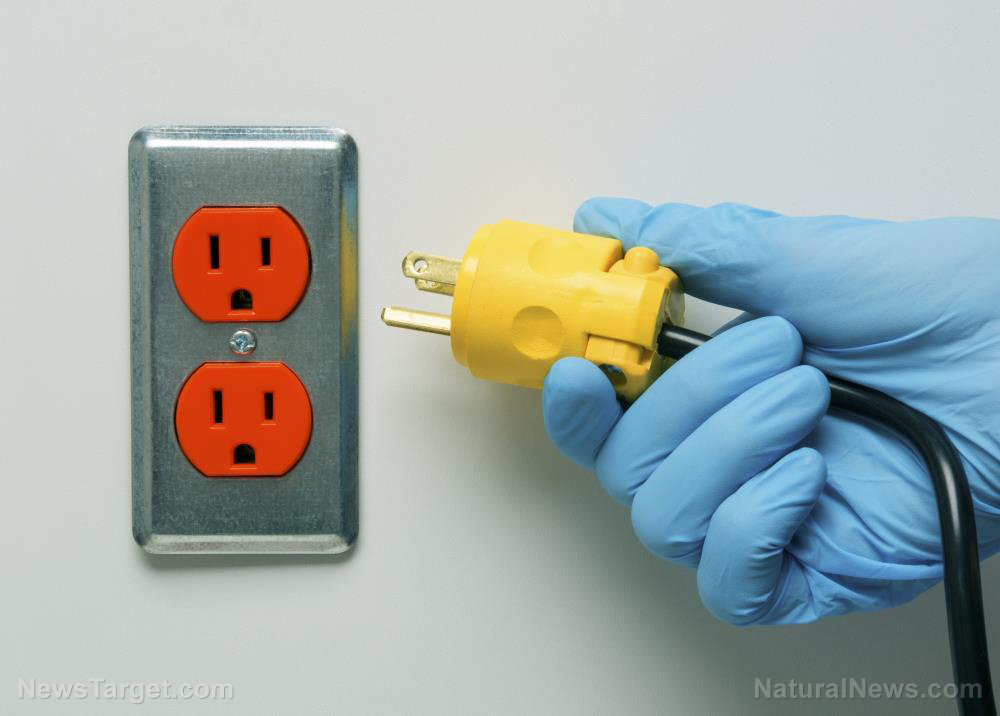
Beijingers rushed to grocery stores and other businesses in anticipation of possible lockdowns, the Guardian reported. Supermarket chains Carrefour and Wumart said they increased inventories to more than double and extended their business hours on April 24. The Meituan online grocer platform likewise increased inventory and added the number of its staffers for sorting and delivery.
The rush to purchase food and other essential items came after mass COVID-19 testing was announced for the central Chaoyang district, located in the center of Beijing.
Many took to social media to share the situation in the capital. NBC News Asia correspondent Janis Mackey Frayer tweeted: "Anxious vibe in [Beijing's] Chaoyang area, where four million people – [including] me and my family – worry a lockdown is coming. Mass testing for everyone, [alongside] long lines [and] empty shelves at stores. Officials assure a 'stable' food supply, but we've been stockpiling for days."
One user on the Chinese social media platform Weibo said: "There have been so many epidemics in Beijing and I have never seen such a situation. It [seems] that the failure of Shanghai's early epidemic prevention and supply [disruption] has been a big blow to the confidence of the people." (Related: Chinese city implements harshest lockdown yet as Beijing aims for "zero-COVID.")
Liu Xin, host of "The Point" on China Global Television Network, tweeted about how she was stocking up "for the first time in two years." She added that while it was the capital's turn to be subjected to draconian lockdowns, she and other Beijingers are ready for the tough times.
Shanghai's tyrannical lockdowns coming to Beijing
Plans to test the entire population of Chaoyang for COVID-19 appeared to prelude a stringent lockdown in line with the Chinese Communist Party's (CCP) zero-COVID policy. On April 24, Beijing recorded 22 new local COVID-19 cases – the highest daily number for this year.
The CCP had earlier imposed lockdowns on the eastern port city of Shanghai and the northeastern Jilin province, which borders North Korea and Russia. People's movements were limited, with residents being barred from leaving their homes to buy food.
The 22 cases were enough reason for authorities to put part of Beijing – including the Chaoyang district – under high alert. Many fitness studios and gyms canceled classes in compliance with authorities, if not closing their establishments entirely. A middle school where COVID-19 cases were detected was also ordered closed, with the shutdown expected to last for at least a week.
Despite this, Beijing officials insist that the capital "had sufficient daily supplies" and "was trading as normal." Chinese state-owned tabloid Global Times reported that the mass testing across Chaoyang would determine if lockdowns and further health measures are needed.
On April 22, Beijing officials pledged to make "every effort" to ensure adequate food supplies. The city, however, imposed stringent COVID-19 measures – contradicting the earlier pledge.
Under the health protocols, travelers entering Beijing must have a negative COVID-19 test result from within 48 hours. Because of this, truck drivers have faced significant delays due to multiple checkpoints and COVID-19 tests.
"The current outbreak in Beijing is spreading stealthily from sources that remained unknown yet, and is developing rapidly," said a municipality official.
"Chaoyang district is now the topmost focus for pandemic prevention," said Cai Qi, head of the CCP's Beijing division. "Important pandemic measures cannot be left waiting [until] the next day. All at-risk sites and individuals involved in these cases must be checked."
CommunistChina.news has more stories about China's pursuit of zero COVID.
Watch political activist and businessman Miles Guo warning that 60,000 troops are being stationed in Beijing for a potential lockdown.
This video is from the Chinese taking down EVIL CCP channel on Brighteon.com.
More related stories:
Shanghai residents scream in protest due to lack of food, necessities amid COVID-19 lockdown.
Shanghai descends into hellscape as COVID lockdown triggers martial law, arrests and suicides.
Sources include:
Please contact us for more information.






















